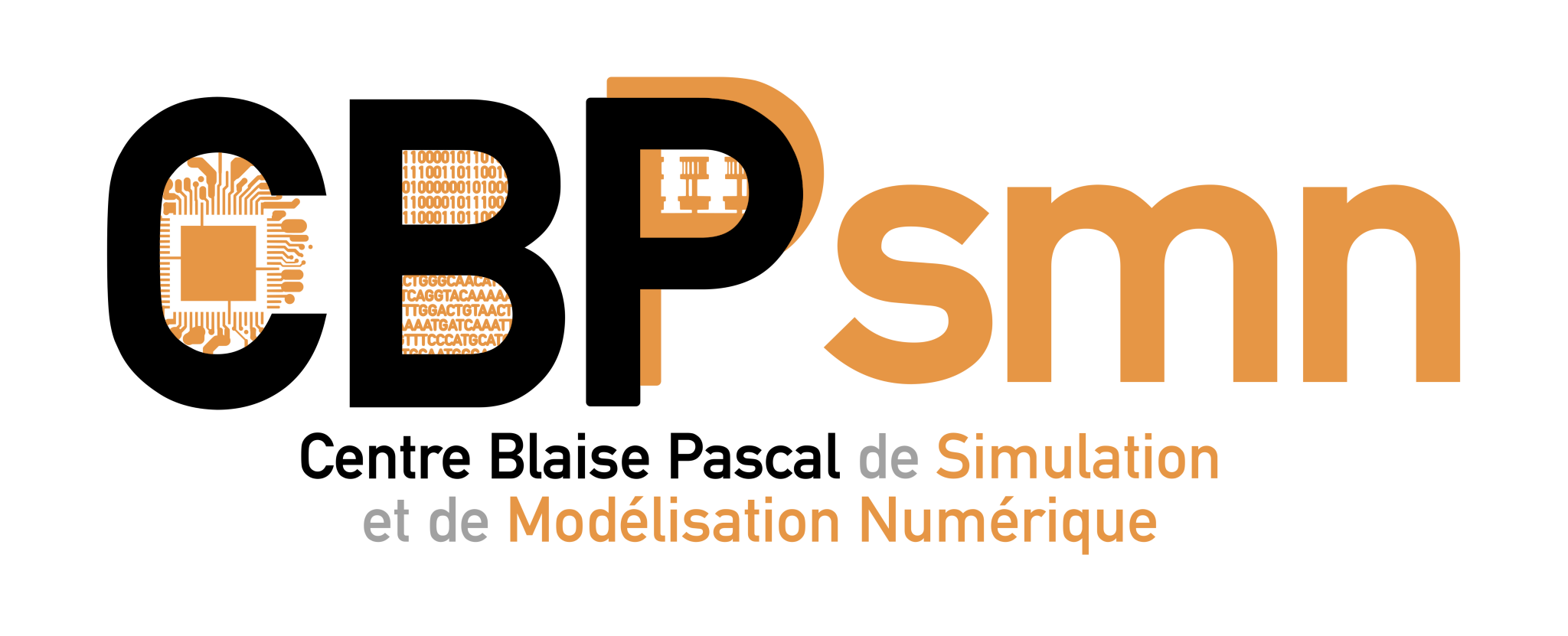Différences
Ci-dessous, les différences entre deux révisions de la page.
| Les deux révisions précédentesRévision précédenteProchaine révision | Révision précédenteProchaine révisionLes deux révisions suivantes | ||
| en:documentation:tutorials:ssh:clef_agent_ssh [2020/04/15 15:36] – [Step 1 : Start generating a set of keys] ltaulell | en:documentation:tutorials:ssh:clef_agent_ssh [2020/05/13 13:55] – Pas de dif EN/FR fleroux | ||
|---|---|---|---|
| Ligne 2: | Ligne 2: | ||
| ====== Use SSK keys and SSH agent ====== | ====== Use SSK keys and SSH agent ====== | ||
| - | Most oftenly, the SSH client is used with a pair '' | + | Most oftenly, the SSH client is used with a pair '' |
| However, it is possible to use keys | However, it is possible to use keys | ||
| (authentication via private/ | (authentication via private/ | ||
| - | to connect to a remote server. \\ Moreover, using an SSH agent, you can avoid typing passwords. | + | to connect to a remote server. \\ Moreover, using an SSH agent, you can avoid typing passwords |
| ===== Generate a key set ===== | ===== Generate a key set ===== | ||
| Ligne 94: | Ligne 94: | ||
| ==== Step 4: Save your ssh key set ==== | ==== Step 4: Save your ssh key set ==== | ||
| - | You can copy/paste the fingerprint verification (fingerprint + image) into a file '' | + | You can copy/paste the fingerprint verification (fingerprint + image) into a file '' |
| **Save** your private key ('' | **Save** your private key ('' | ||
| Ligne 101: | Ligne 101: | ||
| ==== Linux / BSD ==== | ==== Linux / BSD ==== | ||
| - | Il existe tout un tas de méthodes | + | There' |
| - | * Utiliser les programmes | + | * Use '' |
| - | * charger l'agent dans un script : | + | * load ssh-agent in a script: |
| <code bash> | <code bash> | ||
| Ligne 111: | Ligne 111: | ||
| </ | </ | ||
| - | * Installer et utiliser | + | * Install and use [[http:// |
| + | |||
| + | You can use a script (in your '' | ||
| - | Vous pouvez utiliser un script (dans votre '' | ||
| <code bash> | <code bash> | ||
| # add key(s) to agent | # add key(s) to agent | ||
| Ligne 119: | Ligne 120: | ||
| </ | </ | ||
| + | * KDE startup script: | ||
| + | |||
| + | <code bash> | ||
| + | #! /bin/bash | ||
| + | # Put this in ~/ | ||
| + | # or ~/ | ||
| + | export SSH_ASKPASS=/ | ||
| + | / | ||
| + | </ | ||
| ==== MacOS X ==== | ==== MacOS X ==== | ||
| - | Sur MacOS X, il existe aussi différentes méthodes | + | There' |
| - | * Installer et utiliser | + | * Install and use [[http:// |
| + | |||
| + | You can use a script (in your '' | ||
| - | Vous pouvez utiliser un script (dans votre '' | ||
| <code bash> | <code bash> | ||
| # add key(s) to agent | # add key(s) to agent | ||
| Ligne 131: | Ligne 142: | ||
| </ | </ | ||
| - | * Si vous utilisez | + | * On MacOSX Keychain, |
| <code bash> | <code bash> | ||
| # add key(s) to agent | # add key(s) to agent | ||
| Ligne 137: | Ligne 148: | ||
| </ | </ | ||
| - | <note important> | + | <note important> |
| - | * Installer et utiliser | + | * Install and use [[http:// |
| - | <note tip>Pour bénéficier de "l' | + | <note tip>For " |
| + | [[documentation: | ||
| Ligne 148: | Ligne 160: | ||
| ==== Windows ==== | ==== Windows ==== | ||
| - | Sur Windows, | + | On Windows, |
| ===== Broadcast the public key ===== | ===== Broadcast the public key ===== | ||
